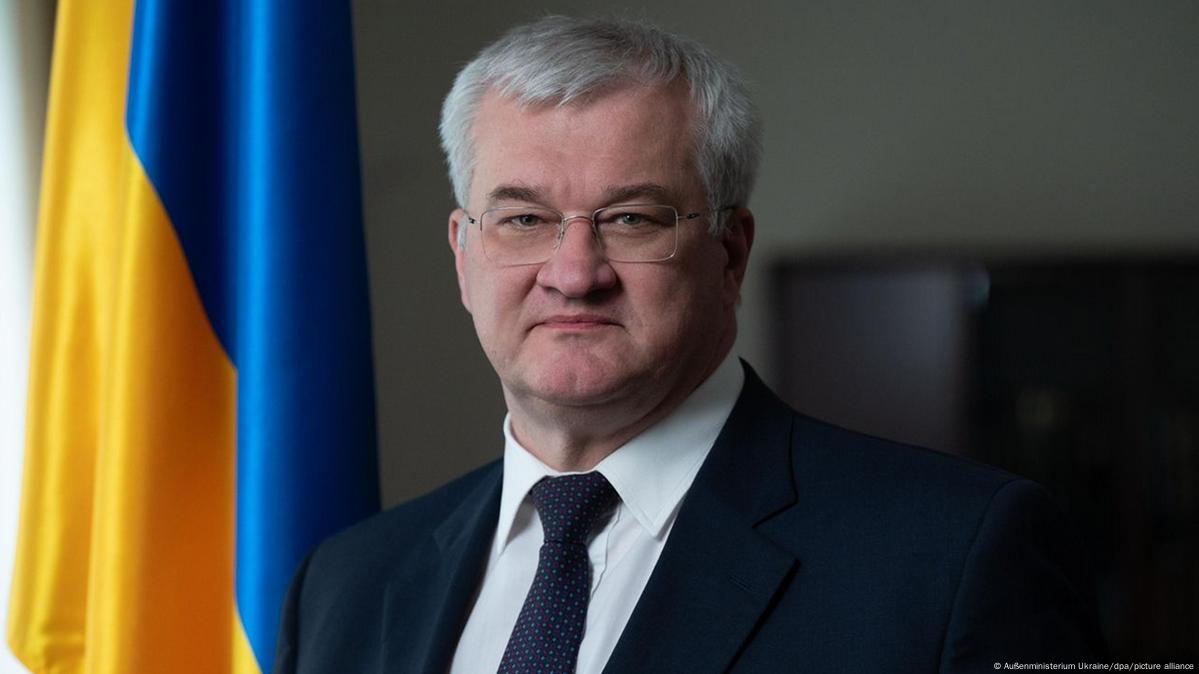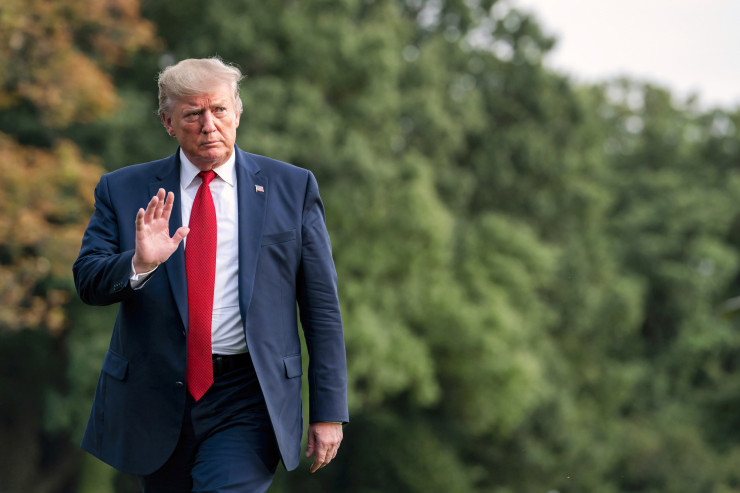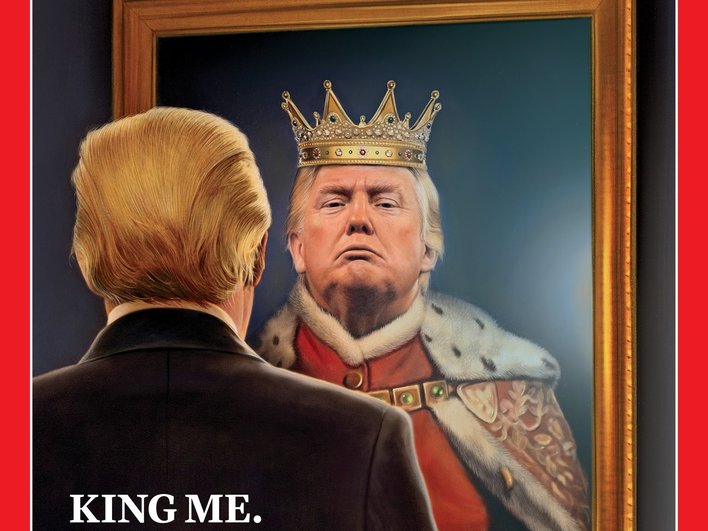Photo: Shutterstock
The US dollar strengthened its position in global trade, exceeding 50% of international payments via the SWIFT system for the first time. The share of payments in January 2025 reached 50.2%, up from 49.1% a month earlier.
This was reported by Bloomberg, citing data from SWIFT, the leading interbank financial communications system.
Why is this important?
The dollar remains the world’s main reserve currency and dominates international transactions. Its share on SWIFT has remained stable at around 48% over the past year and a half, while
- Euros – 23% of the total
- Pound sterling – 7.1%.
- Chinese yuan – 3.8%.
“If there is going to be an alternative to the dollar, it has to be not just good, but better,” said Mark Chandler, chief strategist at Bannockburn Global Forex.
Failed attempts to displace the dollar
The BRICS countries (Brazil, Russia, India, China, South Africa) have tried to create an alternative settlement system, but without much success.
- The yuan has a 3.8% share, which is twice as much as 10 years ago.
- After the sanctions, Russia was effectively excluded from SWIFT.
- The currencies of Brazil and India did not even make it into the top 20 in terms of transaction volumes.
US President Donald Trump has already threatened to impose 100% tariffs on the BRICS countries if they try to switch to their own currency.
The role of SWIFT and the outlook for the dollar
SWIFT is a key system used by global banks for international transactions. In 2023, 11.9 billion trade instructions were transmitted through the system, an increase of 700 million compared to 2022.
Despite attempts by other countries to find alternatives, the US dollar remains indispensable in global trade.

















